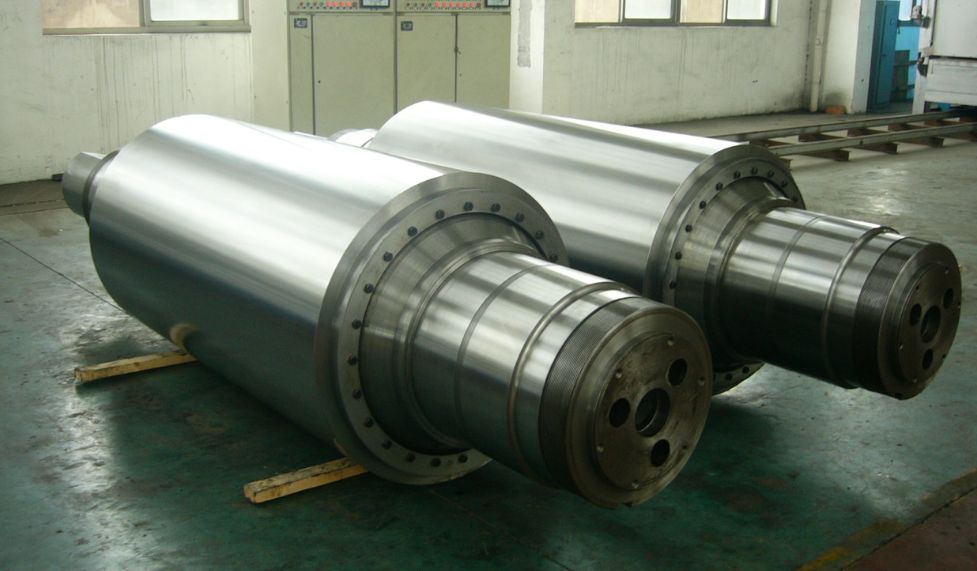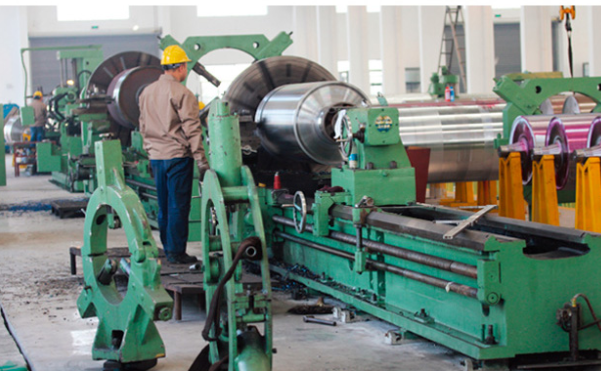The Importance of Rolling Roller
The rolling roller plays an important role in the roller press machine of lithium battery production lines.
Roller compaction refers to the process of compacting lithium battery electrodes that have been coated and dried to a certain degree. After rolling the electrode, the energy density of the lithium battery can be increased, and the adhesive can firmly adhere the electrode material to the collector of the electrode, thereby preventing energy loss of the lithium battery caused by the electrode material falling off the collector of the electrode during the cycling process. Before rolling, the coated lithium battery electrodes must be dried to a certain degree, otherwise the coating on the electrodes will detach from the current collector during rolling. When rolling, it is also necessary to control the compaction amount of the electrode plates. Excessive compaction of the electrode plates will affect the electrode material near the current collector, making it unable to properly remove lithium ions. It will also make the active substances tightly adhere to each other, causing them to easily detach from the current collector. In severe cases, it can also cause excessive plasticity of the electrode, resulting in the inability of the rolled electrode to be wound and fracture.
Rolling is one of the most critical processes in the manufacturing of lithium battery electrodes, and the accuracy of its rolling greatly affects the performance of lithium batteries.
The purpose of roller pressing is as follows: The roller pressing process can keep the surface of the electrode smooth and flat, thereby preventing the risk of battery short circuit caused by burrs on the surface of the electrode piercing the separator and improving the energy density of the battery. The roller pressing process can compact the electrode material coated on the electrode collector, thereby reducing the volume of the electrode, improving the energy density of the battery, and improving the cycle life and safety performance of lithium batteries.
Paýlaş
-
Lithium Battery Welding Machine | High-Precision, Fast, SafeHabarlarNov.17,2025
-
Aluminium Guide Roller | Anodized, Lightweight, Low-NoiseHabarlarNov.17,2025
-
Tofu Cat Litter Bulk – Eco, Low-Dust, Fast Clumping SupplyHabarlarNov.17,2025
-
Equipment for Lithium Cell Assembly | Automated & PreciseHabarlarNov.10,2025
-
Square File Tool – Precision Cut, Hardened Steel, VersatileHabarlarNov.10,2025
-
Lithium Ion Battery Assembly Machine | Automated, High-SpeedHabarlarNov.10,2025









